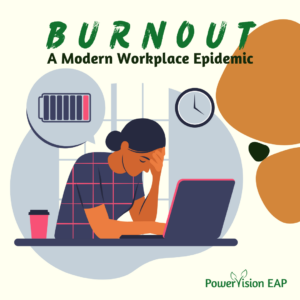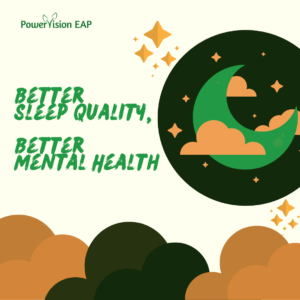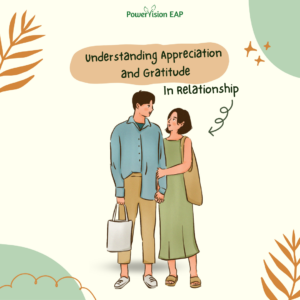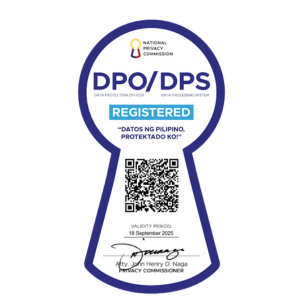Chapter One: The Fall
Markus had always been dedicated to his work. He met deadlines ahead of time, solved problems quickly, and managed his workload without complaint. He enjoyed what he did and took pride in doing it well—for his clients, his company, and his family.
Over time, though, his enthusiasm faded. Mornings became sluggish, and work felt more like an obligation than a passion. His once sharp mind felt clouded. Sleep took a backseat to coffee, and weekends felt too short to recharge.
The signs were there—frequent headaches, exhaustion, and growing frustration—but he brushed them aside, thinking persistence would bring back his motivation.
Then, one day, during an interview for a promotion, his mind went blank. The questions felt overwhelming, and his responses were disorganized. The confidence he once had seemed out of reach. He stumbled through his answers, feeling the weight of exhaustion catching up to him. After an awkward pause, he knew he hadn’t performed well. The disappointment lingered as he left the room.
After the interview, he went to the cafeteria and sat at the far end of the room, staring blankly out the window. He watched people move about, their conversations and laughter feeling distant. He took slow, deep breaths, trying to collect himself. As his heartbeat steadied, a realization hit him—he was burned out. He no longer felt connected to the work he once enjoyed.
Question:
What would you do if you were Markus?
Chapter Two: The Rise
That day, Markus decided to make a change. He took a leave of absence and, through his company’s Employee Assistance Program (EAP), met with a counselor. At first, he wasn’t sure what to expect, but the counselor helped him recognize the signs of burnout and understand that his exhaustion wasn’t a personal failure. Through their sessions, he learned how to manage stress more effectively, set healthy boundaries, and prioritize self-care without guilt. The counselor guided him in creating small, practical changes in his routine—getting proper rest, rediscovering hobbies, and gradually re-engaging with work at a sustainable pace.
The process took time, but gradually, he found balance. He let go of the guilt of stepping back and recognized that his value wasn’t tied to constant productivity. Slowly, his motivation returned—not as an all-consuming drive, but as a steady sense of purpose.
A few months later, feeling more confident and in control, Markus applied for another promotion opportunity. This time, he walked into the interview prepared and focused. His answers were clear, his energy was steady, and his enthusiasm shone through. When he received the news that he had been promoted, he knew it wasn’t just about professional growth—it was proof that prioritizing his well-being had made all the difference.
He rediscovered why he loved his work, aligning it with his personal goals while keeping his well-being a priority. And with that, he learned an important lesson: success is sustainable only when self-care is part of the equation.
Epilogue: Workplace Well-being Lessons
- Look out for everyone, even your strongest performers. As people leaders, we often assume that our top performers have everything under control. However, they are just as vulnerable to stress and burnout as anyone else. It is crucial to regularly check in on all employees, creating an open environment where they feel comfortable expressing concerns and seeking help when needed.
- Self-care is not a luxury; it’s a necessity. Each of us needs to prioritize our own well-being. No amount of professional success is worth sacrificing for our mental and physical health. Whether it’s setting boundaries, getting enough rest, or engaging in activities that bring us joy, self-care should be a non-negotiable part of our routine. A well-rested, balanced person performs better and enjoys work more.
- Accessible mental health support can make a difference. Companies that provide counseling services, such as Employee Assistance Programs (EAPs), create a supportive work culture that acknowledges mental health as a priority. Having professional guidance readily available helps employees manage stress effectively, avoid burnout, and stay engaged in their work. Encouraging the use of these services can lead to healthier, happier, and more productive teams.
Disclaimer:
The stories featured in this series are fictionalized narratives inspired by real counseling cases we have encountered. Each story is created by combining details from multiple cases to protect confidentiality, while all identifying details have been thoroughly altered to ensure complete anonymity. To further safeguard privacy, creative elements have been carefully added for storytelling purposes. Any resemblance to actual persons, living or deceased, or real events is purely coincidental.
We uphold the highest standards of confidentiality in all counseling and coaching sessions and remain fully compliant with applicable data privacy agreements and regulations. When sharing these narratives, we do so with the utmost care to prevent any potential harm to our clients.
Our goal is to raise awareness about mental health within our community, foster meaningful conversations among leaders regarding well-being in the workplace, and offer hope and encouragement to those who may be struggling.


